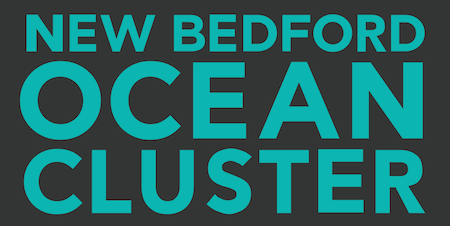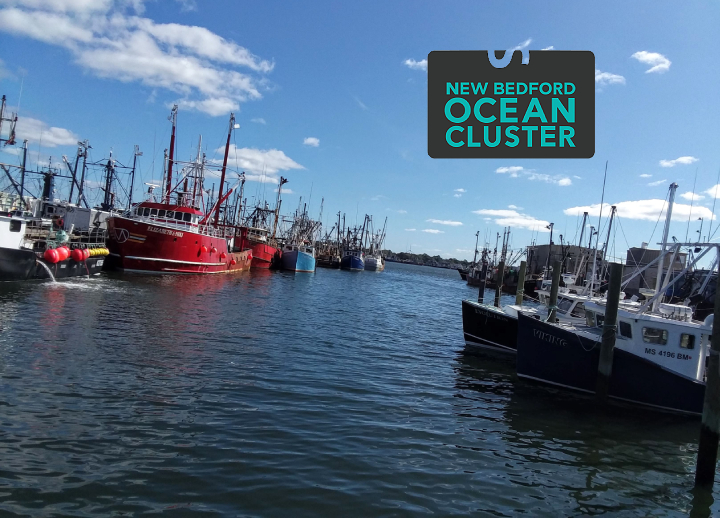By Steven Froias
The City of New Bedford, Massachusetts has a legendary relationship with the ocean. This history was immortalized in literature in none other than the great American novel, Moby-Dick by Herman Melville.
In the book, and in actual life during the 1850s, New Bedford was the world-wide center of whaling, from which the nascent industrial revolution drew its energy. It is said of the city that it literally spread light around the globe, as whale oil was the preferred fuel to illuminate the night.
Today, New Bedford stands on the precipice of a new age in energy production – one far more enlightened and less savage than the brutal whaling industry which first brought it fame and fortune. This future will be defined by offshore wind, a sustainable resource which is poised to characterize the 21st century in ways unforeseen right now. That story is just now beginning to be written.
But it is known that the tale to be told is made possible due to the legacy and prominence of the Port of New Bedford, the nation’s number one fishing port and a multifaceted enterprise that still defines the city.
Now, from this storied place, something new has arisen.
In Moby-Dick, Melville wrote, “It is not down on any map; true places never are.”
That is where the New Bedford Ocean Cluster exists.
The New Bedford Ocean Cluster is best understood as the place where the essential infrastructure necessary to build both a sustainable and renewable marine economy will be found. Just as sail-makers and coopers; whalemen and deckhands; inventors and visionaries came together to enable New Bedford to fulfill its destiny as the Whaling City, the New Bedford Ocean Cluster is the partnership which will guide the city into a second century of oceanport prominence.
The Port of New Bedford has created the New Bedford Ocean Cluster with the following mission statement in mind:
The New Bedford Ocean Cluster will work collaboratively with a range of private sector, public sector and academic partners to establish New Bedford as the leading ocean economy on the east coast of the United States. The NBOC will:
- Create a New Bedford maritime business network by serving both as a clearinghouse for business-to-business interaction and the leading convener of maritime businesses, while leveraging the networks, the port’s unique infrastructure and maritime know-how to attract investment and support the formation and growth of ocean economy businesses.
- Make the Port of New Bedford the first port of call of the offshore wind industry in the United States
- Become the model for other ports to facilitate commercial collaboration between port industries and companies
- Develop strategies to create more value for our community from our natural ocean resources including fish, wind and aquaculture
Port of New Bedford Director Edward Port Director Anthes-Washburn, leading the New Bedford Ocean Cluster, says the addition of offshore wind is a natural fit for the port, as commercial fishing and wind energy share a mindset – “to go and harvest natural resources – in this case a renewable natural resource.”
The overall vision is to strengthen and partner with the region’s powerful marine technology and business communities by practicing meaningful collaboration. The New Bedford Ocean Cluster will focus on the area’s legacy strengths in the Commercial Fishing industry and add to it the nascent Offshore Renewable Energy industry, Aquaculture, and BlueTech / the Internet of Things (IoT). The initiative is designed to embrace and enable the entire scope of the region’s maritime economy and help all of it flourish and grow together.
City of New Bedford Mayor Jon A. Mitchell states, “The Port is the primary economic driver of the region because it offers competitive advantages to the various industries that call it home, including commercial fishing, recreational boating, ferry service, certain lines of international cargo, and soon, offshore wind.”
Indeed, in the last five years the port has seen a considerable influx of commercial fishing vessels from out-of-state ports, as well as the arrival or expansion of several major seafood processors. Meanwhile, the University of Massachusetts has completed a $55 million expansion of its School for Marine Science and Technology (SMAST) in the city, and the port’s recreational marinas have filled up.
Also, the New Bedford Marine Commerce Terminal – critical infrastructure for the future – has been purpose-built to support the construction, assembly and deployment of offshore wind turbines. Already, Vineyard Wind and Mayflower Wind have signed leases worth over $30 million to utilize the New Bedford Marine Commerce Terminal as a staging area for North America’s first commercial-scale offshore wind farm.
In short, the Port of New Bedford with the New Bedford Ocean Cluster is charting a new course into the history books. It will make for a fascinating tale – with or without the appearance of a white whale.
Instead, to paraphrase Melville, …the great floodgates of the wonder-world will swing wide open.
The New Bedford Ocean Cluster welcomes you to sail through.
- Follow the New Bedford Ocean Cluster on Facebook here and LinkedIn here. If you’d like to receive more information about your marine business or service organization becoming a partner, please send your interest via email to the following:
Commercial Fishing:
CommercialFishing@newbedfordoceancluster.org
Offshore Renewables:
Renewables@newbedfordoceancluster.org
Aquaculture:

